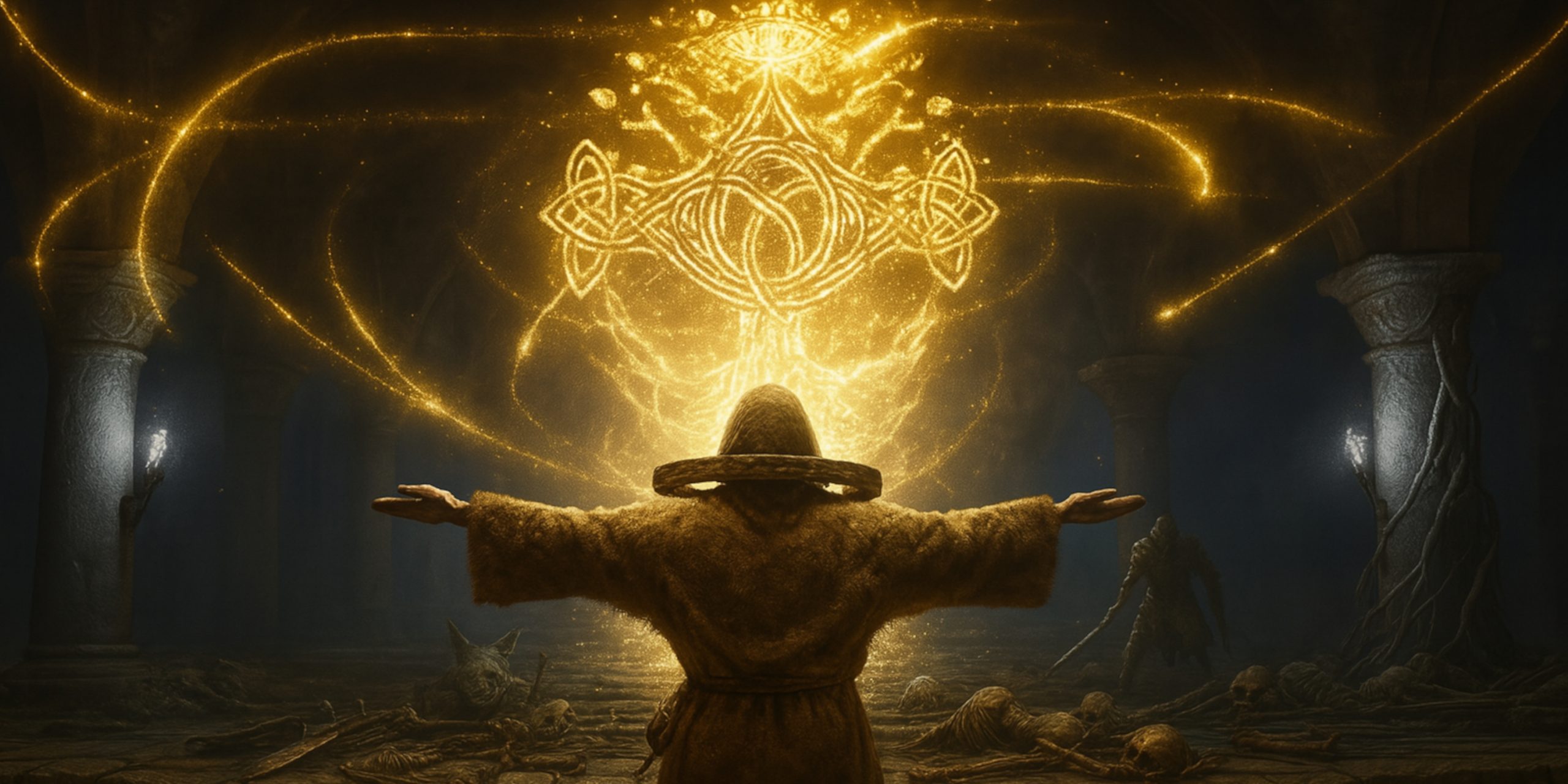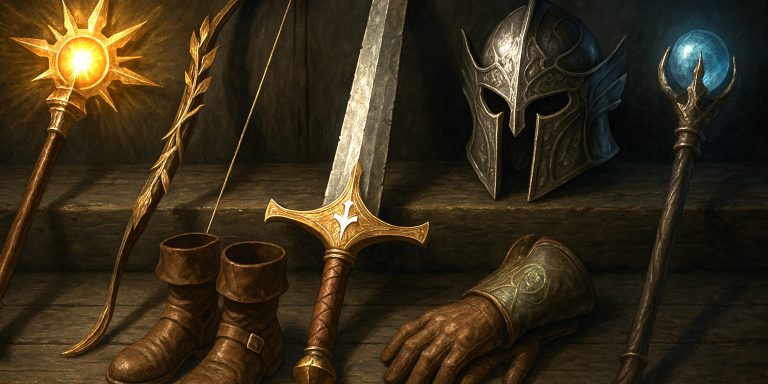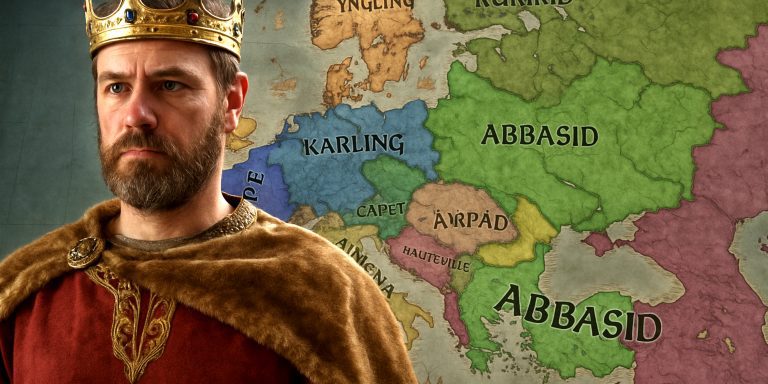
Elden Ring’s Great Runes are more than just remnants of demigod power. Each one grants a distinct passive effect that can tilt the balance in your favour, provided you understand how they work and when to use them. This guide covers every Great Rune in the game, how to activate them, and what benefits they offer.
What Are Great Runes?
Great Runes are powerful key items dropped by major bosses. They cannot be used directly from your inventory. Instead, once restored at a Divine Tower and equipped at a Site of Grace, their effects are unlocked by consuming a Rune Arc.
These Runes are tied to the game’s lore, each one a fragment of the shattered Elden Ring once held by a demigod. They represent remnants of divine authority, now scattered and corrupted.
How to Use a Great Rune
- Defeat the corresponding Shardbearer boss.
Example: Defeating Godrick the Grafted gives you Godrick’s Great Rune. - Restore its power at the associated Divine Tower.
Usually found near the region where the boss was encountered. These towers are often locked or require solving traversal challenges. - Equip the Great Rune at a Site of Grace.
- Consume a Rune Arc to activate its effects.
The effect lasts until death. Rune Arcs are rare, so timing their use is key.
List of All Great Runes and Their Effects
| Great Rune | Dropped By | Restored At | Effect Description |
|---|---|---|---|
| Godrick’s Great Rune | Godrick the Grafted | Divine Tower of Limgrave | Raises all attributes by +5. |
| Radahn’s Great Rune | General Radahn | Divine Tower of Caelid | Boosts HP, FP, and Stamina by a percentage. |
| Morgott’s Great Rune | Morgott, the Omen King | Divine Tower of East Altus | Greatly increases HP. |
| Rykard’s Great Rune | Rykard, Lord of Blasphemy | Divine Tower of West Altus | Restores HP upon defeating enemies. |
| Mohg’s Great Rune | Mohg, Lord of Blood | Divine Tower of East Altus (via secret portal) | Grants a Blessing of Blood to summoned spirits, boosting their attack power. |
| Malenia’s Great Rune | Malenia, Blade of Miquella | Isolated Divine Tower (accessed via teleporter in the Consecrated Snowfield) | Heals you slightly with each successful attack. |
| Great Rune of the Unborn | Rennala, Queen of the Full Moon | Cannot be equipped | Allows respec (Rebirth) using Larval Tears. |
Which Great Rune Should You Use?
Each Rune suits different playstyles:
- Godrick’s Great Rune is ideal early on. The +5 boost across all stats offers flexibility and is especially useful for meeting equipment or spell requirements.
- Radahn’s Great Rune is reliable across all builds due to the flat increase to core resources.
- Morgott’s Great Rune works well for tankier builds and is one of the simplest but most effective choices for raw survivability.
- Rykard’s Great Rune benefits aggressive players who can sustain momentum and clear enemies in groups.
- Mohg’s Great Rune is situational. Its true value shines in co-op or spirit-summon-heavy setups.
- Malenia’s Great Rune offers high risk and reward. It suits dexterity or bleed builds but requires precision and aggression.
Where to Get Rune Arcs
Rune Arcs are needed to activate Great Runes. They can be found by:
- Exploring catacombs and side dungeons
- Buying from merchants
- Winning multiplayer invasions or co-op boss fights
Due to their limited availability, it’s best to save them for major boss battles or key moments.
Seven Swords takeaway:
Great Runes in Elden Ring aren’t just lore tokens. They’re pivotal to how you approach tougher areas and bosses. Learning when to switch them out and when to risk using a Rune Arc adds another layer of strategy to your build. As you progress, try different Great Runes to see which complements your playstyle best. Some offer raw power, others sustain or utility, but all have a place in the game’s brutal hierarchy of strength.



